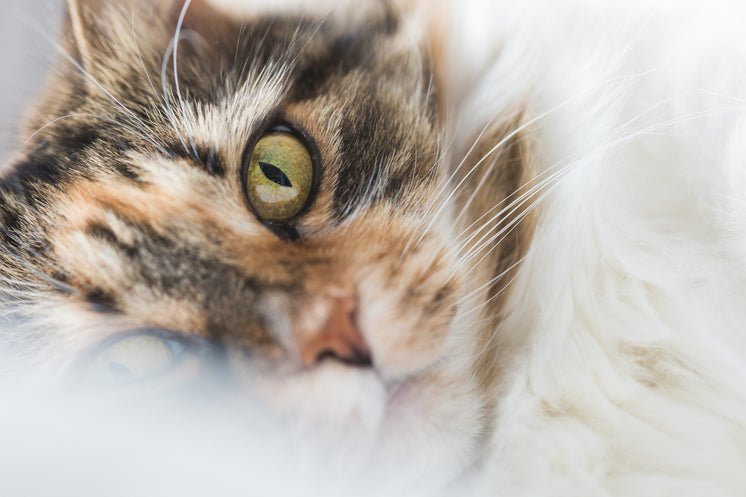Tracking Solutions: Minimizing Cat Litter Mess
Tracking Solutions: Minimizing Cat Litter Mess
Blog Article

Cat litter and litter boxes play a critical function in the lives of both cats and their owners. From the simple starts of sand and soil to the ingenious advancements of today, the world of cat litter has developed substantially. In this comprehensive guide, we explore every aspect of cat litter and litter boxes, exploring their history, types, benefits, difficulties, and whatever in between.
The history of cat litter dates back centuries, with ancient civilizations using sand, soil, and even ashes as primitive litter materials. However, it wasn't up until the mid-20th century that contemporary cat litter as we know it emerged. In 1947, Edward copyright introduced the world's first commercial cat litter made from absorbent clay, transforming the way cats relieved themselves inside your home. Because then, cat litter has undergone numerous changes, with the introduction of clumping litter, silica gel litter, biodegradable options, and more.
Today, feline owners are ruined for choice when it concerns choosing the right litter for their feline companions. Traditional clay litter stays popular for its price and efficiency in taking in odors. Clumping litter, which forms solid clumps when wet, simplifies cleansing and upkeep. Silica gel litter, composed of highly absorbent silica crystals, offers superior smell control and durability. Naturally degradable options, such as recycled paper, wood pellets, corn, and wheat, appeal to ecologically mindful consumers.
Each type of cat litter uses special benefits. Clay litter masters its capability to take in moisture and control smells, making it a reliable option for numerous cat owners. Clumping litter streamlines day-to-day scooping and extends the time Robot Litter Boxes between complete litter modifications. Silica gel litter offers exceptional smell control and can last longer in between replacements. Biodegradable litters provide a sustainable alternative that minimizes environmental impact.
While cat litter boosts indoor feline health, it is not without its difficulties. Dust from clay litter can position respiratory threats for both cats and human beings, prompting the popularity of dust-free options. Some cats may develop litter box hostility due to issues with texture, aroma, or cleanliness, requiring experimentation with different litters and box setups. Multi-cat homes might require tactical litter box placement and regular maintenance to avoid territorial disputes and Robot Litter Boxes make sure all cats have access to tidy facilities.
Picking the appropriate litter box is necessary for promoting positive litter box practices and total feline well-being. Aspects to consider consist of size, accessibility, and style preferences. Covered litter boxes offer privacy and assistance consist of odors, however some cats might discover them confining or frightening. Open-top litter boxes offer simple access and visibility but may lead to more litter scatter. Automatic self-cleaning litter boxes streamline maintenance but need routine tracking and upkeep.
Appropriate litter box upkeep is essential for ensuring a clean and welcoming environment for both cats and their owners. Daily scooping eliminates waste without delay, reducing smell and discouraging litter box aversion. Routine litter replacement, generally every 1-2 weeks, avoids bacterial accumulation and maintains ideal absorbency. Extensive cleaning with mild cleaning agent and water, preventing harsh chemicals that may prevent felines from utilizing the box, ought to be carried out monthly.
Cat litter and litter boxes play a main function in fostering a healthy and harmonious relationship in between felines and their human buddies. With a diverse range cat litter robot of litter choices and litter box styles readily available, cat owners have the flexibility to tailor their options to match their felines' choices and household needs. By understanding the development, types, advantages, and obstacles of cat litter and litter boxes, family pet owners can provide their feline buddies with a comfortable and hygienic indoor environment.